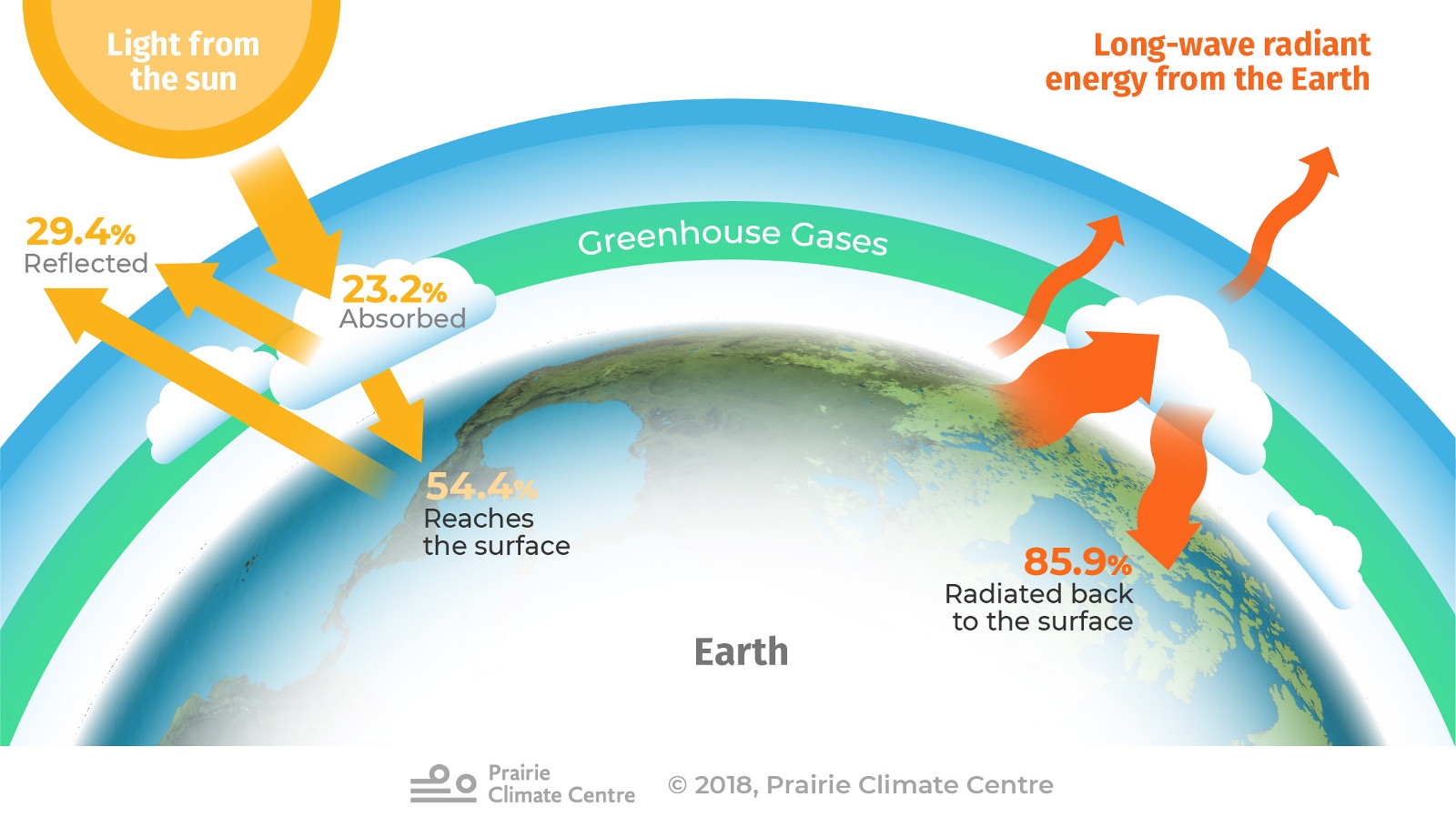Greenhouse Effect
The Science Behind Global Warming
Causes
The greenhouse effect is mostly attributed to the increase of specific gases in the Earth's atmosphere which, in turn, trap heat
from the sun. These are termed greenhouse gases, and the most
prevalent include: carbon dioxide (CO₂), methane (CH₄), nitrous
oxide (N₂O), and even water vapor. Though these gases exist
naturally and assist in ensuring that our planet is warm enough to
inhabit, human activities now release too much of these gases into
the environment, thus making the Earth warmer than it is meant to
be.

-
Burning fossil fuels such as coal, oil, and natural gas accounts for
some of the biggest contributors to the greenhouse gases. The
automobile, aircraft, factories, power plants, and many more use
this fossil fuel for energy, and in the process, they expend huge
amounts of CO₂.
- Another significant factor is the deforestation which is the removal
of trees that previously served to absorb CO₂. Trees maintain the
balance of carbon in the atmosphere, and the depletion of trees
leads to an imbalance.
- Agriculture, along with waste management, contributes towards the
cause as well. Cows, for instance, release methane gas while
digesting food, whereas landfills emit methane as well as carbon
dioxide during waste decomposition. Certain industrial activities,
such as cement production and the use of fertilizers, are also
responsible for the emission of greenhouse gases.
- Within construction, various materials such as glass and wood are
disposed of or burned, exacerbating the issue. As noted in the
Brussels circular greenhouse project, a significant portion of this
waste can instead be integrated (Romnée et al., 2019), cutting the
need to create new materials and emission production.